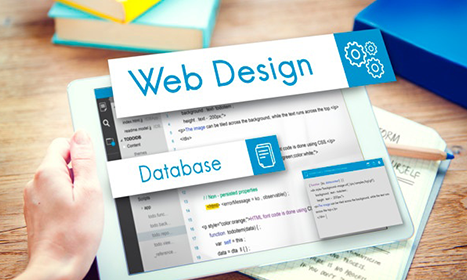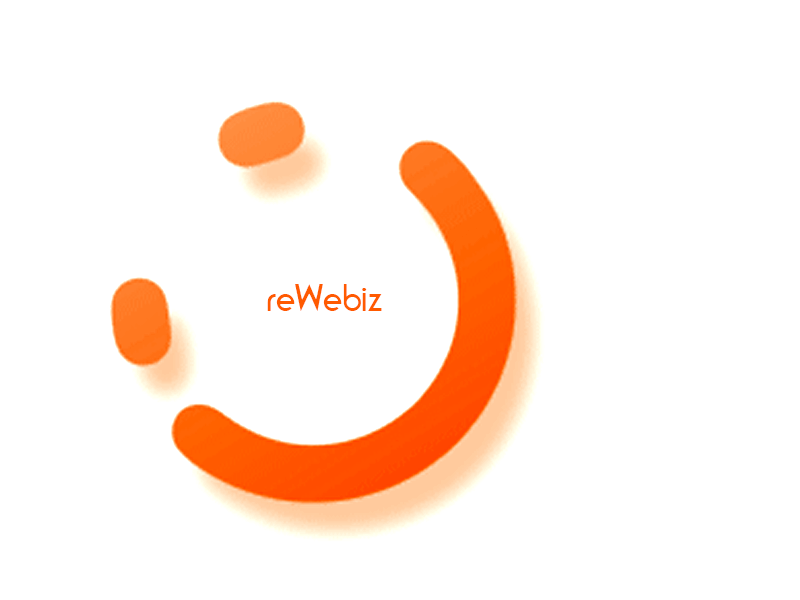
- July 25, 2021
- Lifestyle
Designing Your Life: A Web Designer’s Guide to a Balanced, Creative Lifestyle
Web design isn’t just a profession—it’s a way of life. From your morning routine to the playlists that fuel your late‑night sprints, every aspect of your day shapes the quality of your work. In this blog post, we’ll explore practical tips and inspiring ideas for creating a web‑designer lifestyle that balances creativity, productivity, and well‑being.
1. Crafting the Perfect Workspace
Your environment has a direct impact on your focus and inspiration.
- Ergonomics First
- Invest in a chair and desk setup that supports good posture.
- Use a monitor stand (or stack books!) to keep your screen at eye level.
- Personalized Aesthetics
- Surround yourself with objects that spark joy—succulents, artwork, or your favorite design books.
- Pick a calming color palette for walls and desk accessories to reduce visual clutter.
- Lighting & Ambience
- Natural light is ideal—position your workspace near a window if possible.
- Add adjustable desk lamps with warm bulbs for late‑evening sessions.
2. Establishing a Daily Routine
Consistency helps your creative mind flourish.
|
Time |
Activity |
|
7:00–8:00 AM |
Morning stretch, healthy breakfast, quick inbox scan |
|
8:00–10:30 AM |
Deep‑work session: design mockups or coding |
|
10:30–11:00 AM |
Break: walk, coffee, or a short meditation |
|
11:00–1:00 PM |
Client calls, reviews, and feedback integration |
|
1:00–2:00 PM |
Lunch away from the screen |
|
2:00–4:00 PM |
Creative exploration: tutorials, side projects |
|
4:00–4:30 PM |
Break: stretch or a quick workout |
|
4:30–6:00 PM |
Wrap‑up work: finalize assets, plan tomorrow |
3. Fueling Creativity & Wellness
Healthy habits keep your mind sharp and your designs fresh.
- Mindful Movement
- Try yoga or short HIIT sessions to counter long hours at the desk.
- A standing desk or anti‑fatigue mat can encourage more movement.
- Brain Breaks
- Use the Pomodoro Technique: 25 minutes on, 5 minutes off, to maintain peak focus.
- Keep a “brain dump” notebook to jot down stray ideas and clear mental clutter.
- Inspiration on Demand
- Curate an “inspiration board” on Pinterest or Behance—update it weekly.
- Subscribe to a design podcast or newsletter for fresh perspectives.
4. Tools & Playlists to Power Your Day
The right toolkit and soundtrack can make all the difference.
- Toolkit Essentials
- Figma or Sketch for collaborative UI design.
- VS Code with your favorite extensions (Prettier, Live Server).
- Notion or Trello to manage tasks and track progress.
- Mood‑Boosting Playlists
- Lo‑fi hip‑hop for unobtrusive background beats.
- Cinematic or instrumental soundtracks when you need an epic boost.
- Curated “focus” playlists on Spotify or Apple Music.
5. Work‑Travel Balance: Take Your Office Anywhere
The freedom to work remotely is one of the greatest perks of web design.
- Choosing Your Destination
- Look for co‑working spaces with reliable Wi‑Fi and community events.
- Seek out café‑culture cities (e.g., Lisbon, Chiang Mai, Barcelona) for variety.
- Packing Light, Working Right
- Carry a compact monitor (USB‑C powered), a wireless keyboard, and noise‑cancelling headphones.
- Keep a portable SSD with backups of all active projects.
- Staying Connected
- Schedule “office hours” for client calls in your local morning or evening.
- Use time‑zone tools (e.g., World Time Buddy) to coordinate seamlessly.
Conclusion & Next Steps
Designing your lifestyle is as important as designing your websites. By curating a workspace that inspires you, establishing healthy routines, equipping yourself with the right tools, and embracing the freedom to work from anywhere, you’ll not only boost your productivity but also sustain your creative spark for years to come.
Ready to level up your web‑designer lifestyle?
Download our free “Daily Designer Planner” PDF to map out your ideal routine and workspace setup—so you can focus on what you do best: creating beautiful, functional websites.









